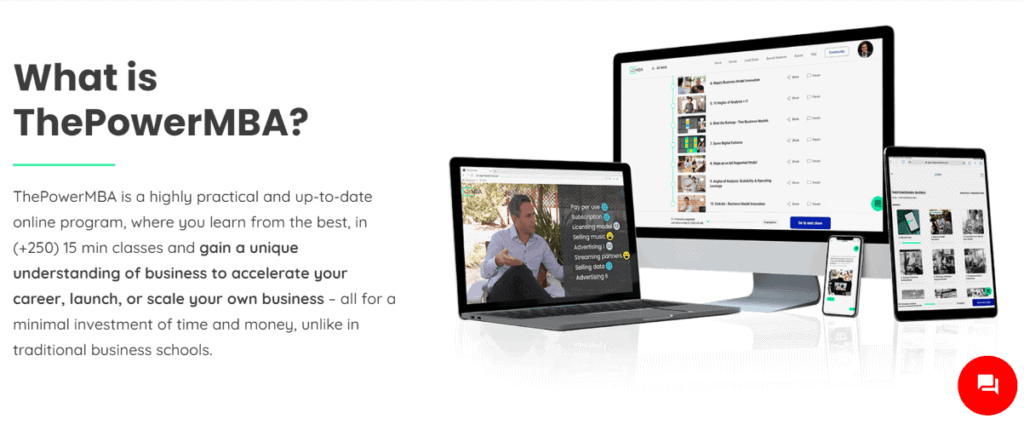As I continue my educational journey with ThePowerMBA, it never ceases to amaze me the level of detail that each of the modules gets into.
Most recently I completed a module titled “Targeting: looking vs. not looking”.
Targeting is something I am constantly working on in the course of my work since you need to know who you should be marketing/selling to so that the likelihood of converting them into paying customers will be high.
This will help one to understand who you should contact (the whole market? One segment? Several segments?) and importantly how to do it (should there be separate messaging to different segments?)
One of my previous businesses was an HR consultancy agency. We were primarily helping companies to secure Work-life Grant, an old initiative by the Ministry of Manpower to enable companies to provide flexible work arrangements.
Flexible work arrangements would include things like telecommuting and staggered hours.
The qualifying bar for this grant is very low. As long as you are a Singapore registered company, you can get some form of incentives.
Having said that, not all companies will respond with equal enthusiasm. For example, companies in the food & beverage or retail industries would find it harder to implement flexible work arrangements.
You can’t get your frontline workers at your cafe to telecommute or come in after the shop is supposed to open.
Hence, a smart way to better spend my prospecting bandwidth is to identify companies that carry a larger or complete weightage of office workers.
Looking vs. not looking
What struck me on how little I know about Targeting is this next module that talks about “looking vs. not looking.”

Across your target audience, 20% of them would already be looking for such services. These are companies we can close quickly once we get hold of them.
But 80% of them would fall under the Not looking category. They aren’t looking and they don’t know about what’s on offer because:
- They are unaware of the problem/need.
- They may feel the need but haven’t done anything about it.
They are only at the beginning of the buyer’s journey and any form of hard sell or sales pitch would not work.
Interestingly, the chance of closing sales within this group is higher because if you can be the first one to generate this customer newfound feeling of ‘need’, and offer a solution to that need, your conversion rate will be very high.
This is something that I overlooked completely back then.
We approached the segment equally, not knowing that most of them may not be Looking.
For this group of audience, a better approach would be from an educational angle. Such as providing them with an eBook on how flexible work arrangements can help to boost the bottom line (since most business owners would care about that).
Or perhaps an infographic on how flexible work arrangements could help them achieve better productivity through their employees.
And these content could also be repurposed into a webinar to deep dive into the topic.
The key is to make it 90% educational so that maximum value can be delivered across to the target audience and not to make them roll their eyes when they realised they have been conned into sitting for another sales pitch.

H/t to ThePowerMBA in this valuable lesson. This will form my key ethos whenever I need to tackle a new target segment.




